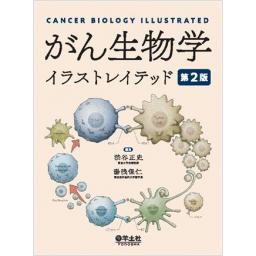1) 「世界初の人工発癌に成功した山際勝三郎」(小高 健/著), 学会出版センター, 2006
2) Rous P:A SARCOMA OF THE FOWL TRANSMISSIBLE BY AN AGENT SEPARABLE FROM THE TUMOR CELLS. J Exp Med, 13:397-411, 1911
4) Jove R & Hanafusa H:Cell transformation by the viral src oncogene. Annu Rev Cell Biol, 3:31-56, 1987
5) Slamon DJ, et al:Human breast cancer:correlation of relapse and survival with amplification of theH ER-2/neu oncogene. Science, 235:177-182, 1987
6) Hanahan D & Weinberg RA:The hallmarks of cancer. Cell, 100:57-70, 2000
7) Lynch TJ, et al:Activating mutations in the epidermal growth factor receptor underlying responsiveness of non-small-cell lung cancer to gefitinib. N Engl J Med, 350:2129-2139, 2004
9) Goldberg AD, et al:Epigenetics:a landscape takes shape. Cell, 128:635-638, 2007
10) Ferrara N:Vascular endothelial growth factor:basic science and clinical progress. Endocr Rev, 25:581-611, 2004
11) Shibuya M & Claesson-Welsh L:Signal transduction by VEGF receptors in regulation of angiogenesis and lymphangiogenesis. Exp Cell Res, 312:549-560, 2006
12) Alitalo K & Carmeliet P:Molecular mechanisms of lymphangiogenesis in health and disease. Cancer Cell, 1:219-227, 2002
13) Iwai Y, et al:Cancer immunotherapies targeting the PD-1 signaling pathway. J Biomed Sci, 24:26, 2017
